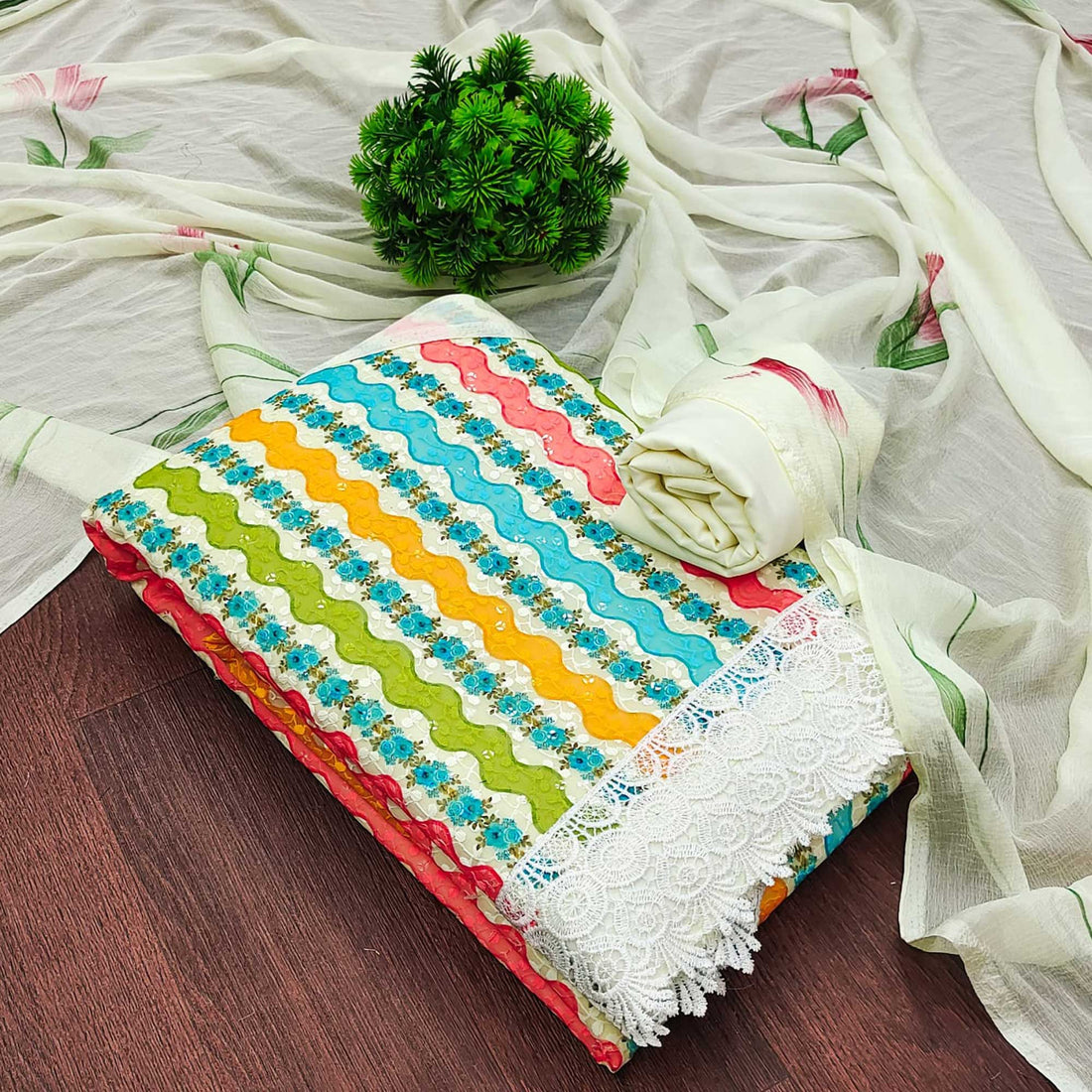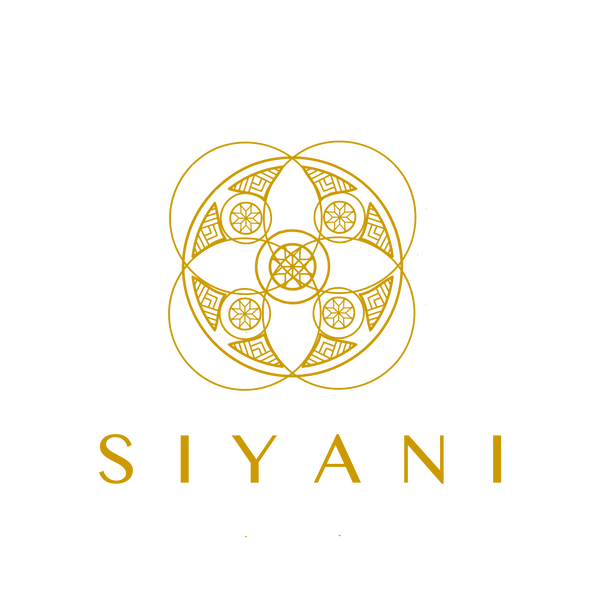
Everything You Need to Know About Schiffli Fabric
Share
Everything You Need to Know About Schiffli Fabric
Schiffli fabric, known for its intricate and elegant appearance, has a rich history and a unique production process that sets it apart in the world of textiles. If you're curious about this beautiful fabric, here’s a comprehensive guide to everything you need to know:
What is Schiffli Fabric?
Schiffli cloth stands out in the textile industry due to its unique manufacturing process, lengthy history, and fine appearance. If you'd like to know more about this gorgeous fabric, here's a comprehensive tutorial that will cover all of your questions:
History of Schiffli Fabric
Schiffli fabric's history dates back to the 19th century, when Isaak Gröbli, a Swiss inventor, created the Schiffli embroidery machine in the 1860s. By mechanising the process and making it faster and more accurate than manual stitching, this ground-breaking machine transformed the manufacturing of needlework.
Originally, lace, cotton, and linen were among the materials that were embroidered using Schiffli machines. Schiffli embroidery has come to be especially linked with lace fabrics that are utilised in home textiles and fashion over time.
Production Process
The production of Schiffli fabric involves several stages:
- Design Creation: Designs are first created either manually by designers or using computer software. These designs dictate the intricate patterns that will be embroidered onto the fabric.
- Machine Setup: The Schiffli embroidery machine is set up with the chosen fabric, which is typically a fine cotton or linen. The machine operates similarly to a sewing machine but on a larger scale and with multiple needles.
- Embroidery: The machine embroiders the fabric according to the programmed design. This process involves precise movements of the needles and threads to create the desired pattern.
- Finishing: Once the embroidery is complete, the fabric may undergo finishing processes such as dyeing,washing, cutting, and trimming to achieve the final desired appearance and texture.
Characteristics of Schiffli Fabric
- Intricate Designs: Schiffli fabric is known for its detailed and complex designs, which can range from floral motifs to geometric patterns.
- Lightweight and Delicate: The fabric is lightweight and delicate, making it suitable for garments, curtains, and other decorative uses.
- Breathable: Typically made from natural fibres like cotton or linen, Schiffli fabric is breathable and comfortable to wear.
Uses of Schiffli Fabric
Schiffli fabric is versatile and used in various applications:
- Fashion: It is often used in haute couture and high-end fashion for dresses, blouses, skirts, and accessories.
- Home Textiles: Schiffli fabric can be found in curtains, tablecloths, bedding, and decorative pillows, adding a touch of elegance to interior décor.
- Special Occasions: Due to its intricate designs, Schiffli fabric is favoured for bridal wear and evening gowns.
Care and Maintenance
- Schiffli fabric, like other delicate textiles, requires careful handling.
- It is usually recommended to hand wash or use gentle cycles when cleaning Schiffli garments to preserve the embroidery and fabric quality.
What is Schiffli Embroidery?
A specific type of machine embroidery called schiffli embroidery is used to produce elaborate patterns on materials like cotton and linen. By mechanising the complex craft of hand stitching, this technique—named for its creator, Isaak Gröbli, who created the Schiffli embroidery machine in the 19th century—revolutionised textile production.
How is Schiffli Embroidery Done?
Schiffli embroidery is executed using a Schiffli embroidery machine, which operates similarly to a sewing machine but on a larger scale and with multiple needles. Here’s a simplified look at the process:
- Design Creation: Designs are either hand-drawn or digitally created. These designs are then transferred to the embroidery machine's software.
- Fabric Preparation: The base fabric, typically cotton or linen, is mounted on the embroidery frame of the Schiffli machine.
- Embroidery Process: The machine precisely stitches the design onto the fabric using threads of various colours. The needles move back and forth, meticulously crafting each detail of the pattern.
- Finishing Touches: After embroidery, the fabric may undergo finishing processes such as washing, cutting, and trimming to enhance its final appearance and texture.
Benefits of Schiffli Fabric
Schiffli fabric offers several advantages:
- Intricate Detail: The embroidery machines can replicate intricate designs with precision, creating patterns that are visually stunning and artistically sophisticated.
- Versatility: Schiffli fabric can be used in various applications, from haute couture fashion to home textiles, due to its ability to accommodate a wide range of designs and fabric types.
- Time Efficiency: Compared to traditional hand embroidery, Schiffli embroidery significantly reduces production time while maintaining high-quality craftsmanship.
Different Variations of Schiffli Embroidery
Schiffli embroidery comes in various styles and variations, including:
- Lace-Like Patterns: Delicate lace-like designs that are perfect for elegant garments and home décor.
- Floral Motifs: Popular designs featuring intricate floral patterns, often used in fashion for their timeless appeal.
- Geometric Designs: Modern interpretations that incorporate geometric shapes and patterns, suitable for contemporary fashion and interior design.
